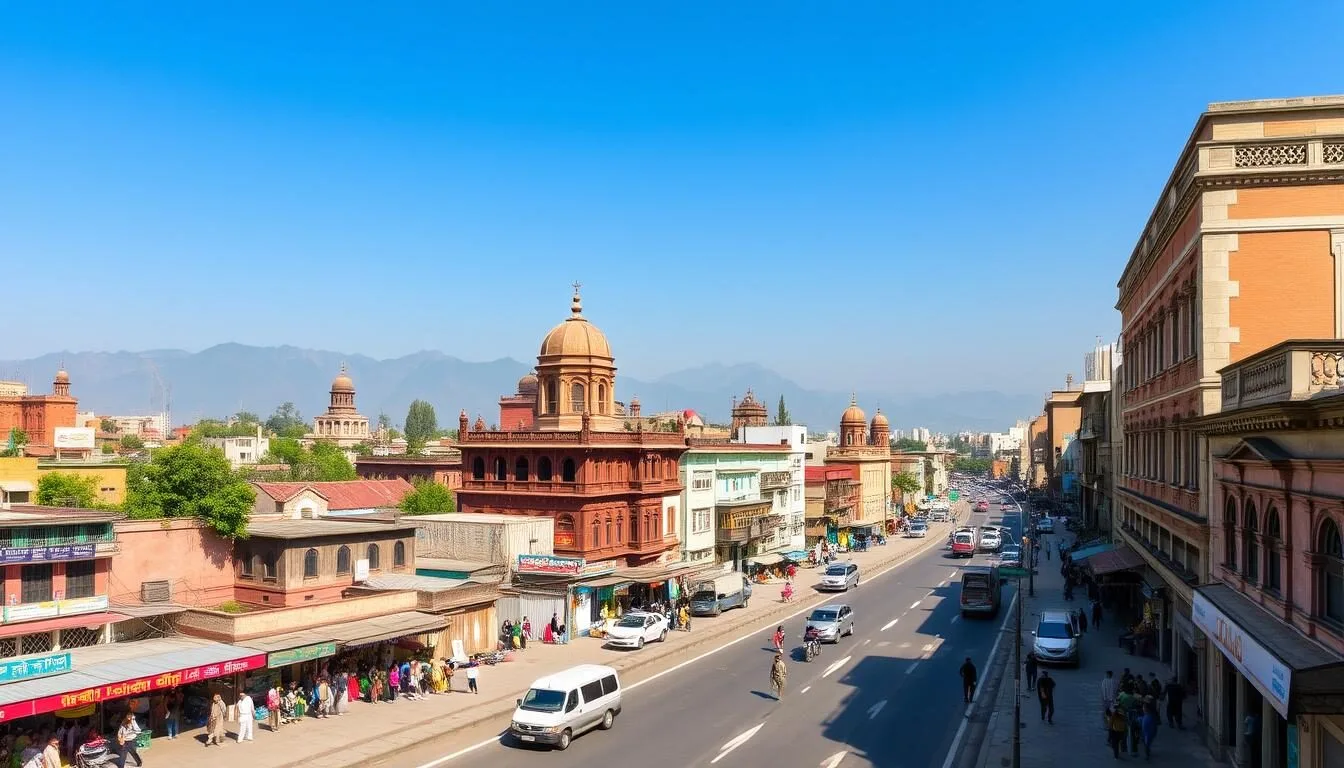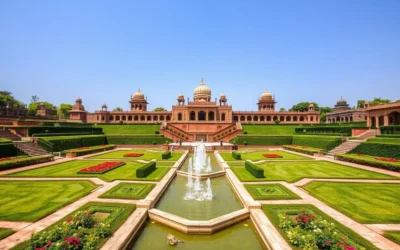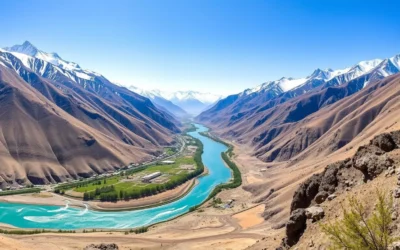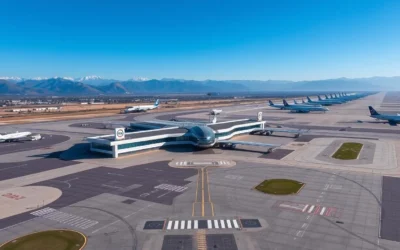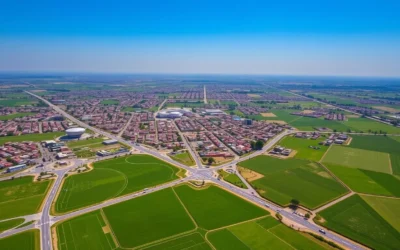✓ Accommodations✓ Flights✓ Rental Cars
Rawalpindi, Pakistan’s fourth-largest city, welcomes over 2 million visitors annually who are drawn to its fascinating blend of colonial architecture, bustling bazaars, and rich military history that dates back to the British Raj era. This historic garrison town offers travelers an authentic glimpse into Pakistani culture away from the more modernized capital of Islamabad just 14 kilometers away.
Planning Your Trip to Rawalpindi
Ready to Experience Rawalpindi?
Start planning your journey to this historic Pakistani city with our trusted travel partners.
Best Time to Visit
The ideal time to visit Rawalpindi is from October to March when temperatures are pleasant (15-25°C/59-77°F). Summer months (April-September) can be extremely hot with temperatures often exceeding 38°C/100°F. If you’re interested in cultural experiences, consider visiting during Eid celebrations or the spring Basant festival when the city comes alive with festivities.
Getting There
Most international travelers arrive at Islamabad International Airport, which serves both Islamabad and Rawalpindi. From the airport, you can reach Rawalpindi by taxi (30-45 minutes) or ride-sharing services like Uber and Careem. If you’re traveling from elsewhere in Pakistan, the city is well-connected by train and bus services to major destinations including Lahore, Karachi, and Peshawar.
Getting Around
Within Rawalpindi, transportation options include auto-rickshaws (locally called “qingqis”), ride-hailing apps (Uber/Careem), and local buses. For exploring the narrow lanes of the old city and bazaars, walking is often the best option. If you’re planning to visit multiple attractions in a day, consider hiring a driver for convenience.
Travel Tip: Purchase a local SIM card upon arrival for affordable data access. This makes navigating the city much easier with map applications and ride-hailing services.

Top Attractions in Rawalpindi

1. Raja Bazaar & Old City
The heart of Rawalpindi’s cultural experience lies in its historic Raja Bazaar, a labyrinth of narrow lanes filled with shops selling everything from textiles and spices to traditional jewelry. Dating back to the pre-partition era, this market offers an authentic glimpse into local life.
Don’t miss Bohra Bazaar for fabrics, Sarafa Bazaar for jewelry, and the nearby Bhabra Bazaar for its colonial architecture. The bazaar area is also home to several historic havelis (mansions) with intricate woodwork that showcase the city’s architectural heritage.

2. Pakistan Army Museum
The Pakistan Army Museum offers a fascinating look at the country’s military history from pre-independence to modern times. The museum houses an impressive collection of weapons, uniforms, medals, and photographs that chronicle Pakistan’s military achievements.
Highlights include captured enemy equipment, aircraft displays in the outdoor section, and detailed dioramas of famous battles. The museum provides valuable context for understanding Pakistan’s geopolitical position and national identity.
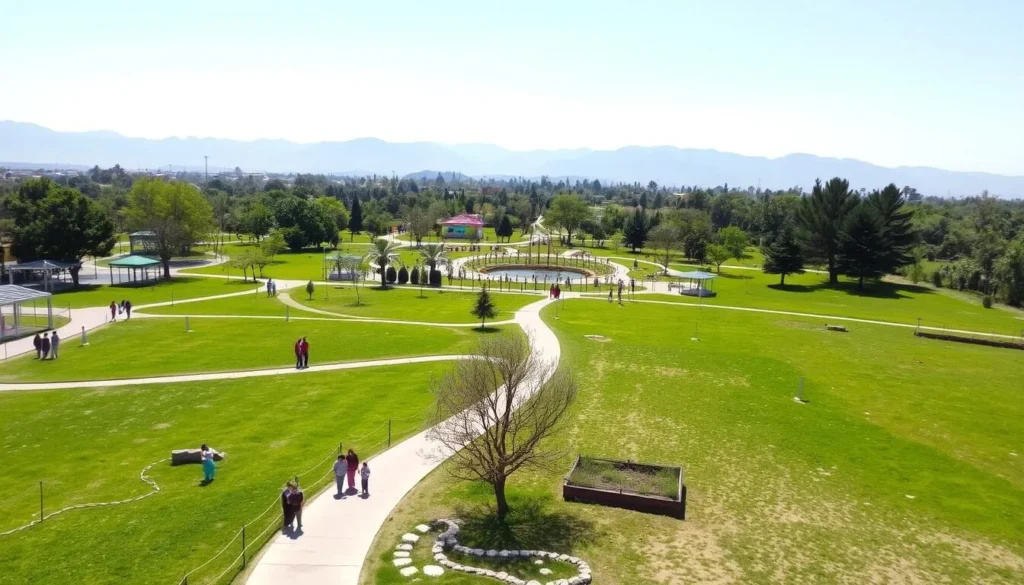
3. Ayub National Park
Spanning over 2,300 acres, Ayub National Park is Rawalpindi’s largest green space and a perfect retreat from the city’s hustle. The park features beautifully landscaped gardens, a lake for boating, children’s play areas, and a small zoo.
The park is especially popular with families on weekends and holidays. For a small fee, you can enjoy boating on the lake or visit the Pakistan Army Museum located within the park grounds. Early mornings are ideal for peaceful walks when the park is less crowded.
Cultural Experiences & Hidden Gems
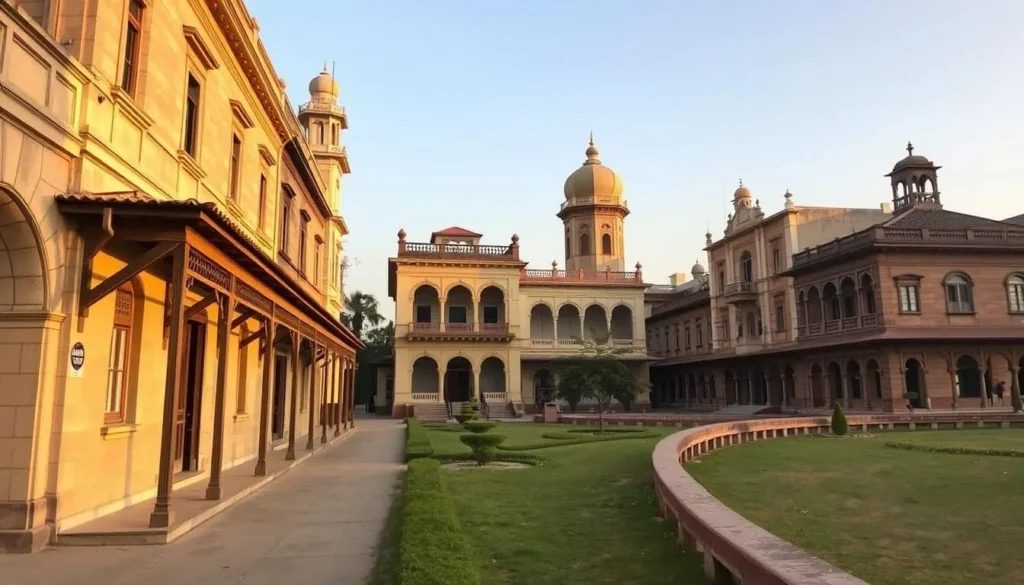
Rawalpindi Heritage Trail
Explore Rawalpindi’s colonial past through the Heritage Trail that winds through the cantonment area. This self-guided walk takes you past beautifully preserved British-era buildings including Gordon College (established 1893), the Victorian-era Holy Trinity Church, and the Rawalpindi Railway Station with its distinctive architecture.
The trail offers excellent photography opportunities and insights into the city’s development during the British Raj. Many buildings still maintain their original functions, giving you a glimpse into how colonial infrastructure has been adapted to modern Pakistani life.
Book a Heritage Walk
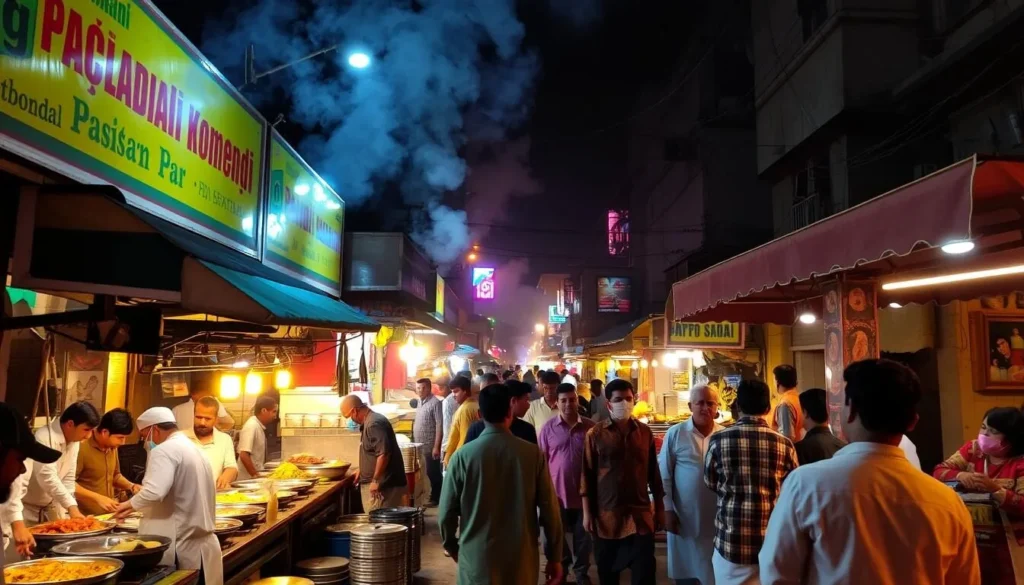
Gawalmandi Food Street
Food enthusiasts shouldn’t miss Gawalmandi, Rawalpindi’s famous food street where you can sample authentic Pakistani cuisine. The street comes alive in the evening with dozens of vendors preparing fresh dishes right before your eyes.
Must-try specialties include chapli kebabs (spiced meat patties), nihari (slow-cooked beef stew), paya (trotter soup), and a variety of freshly baked breads. For dessert, try the local jalebi (sweet fried batter) or kulfi (traditional ice cream). Prices are reasonable, making this an excellent budget-friendly dining option.
Join a Food Tour
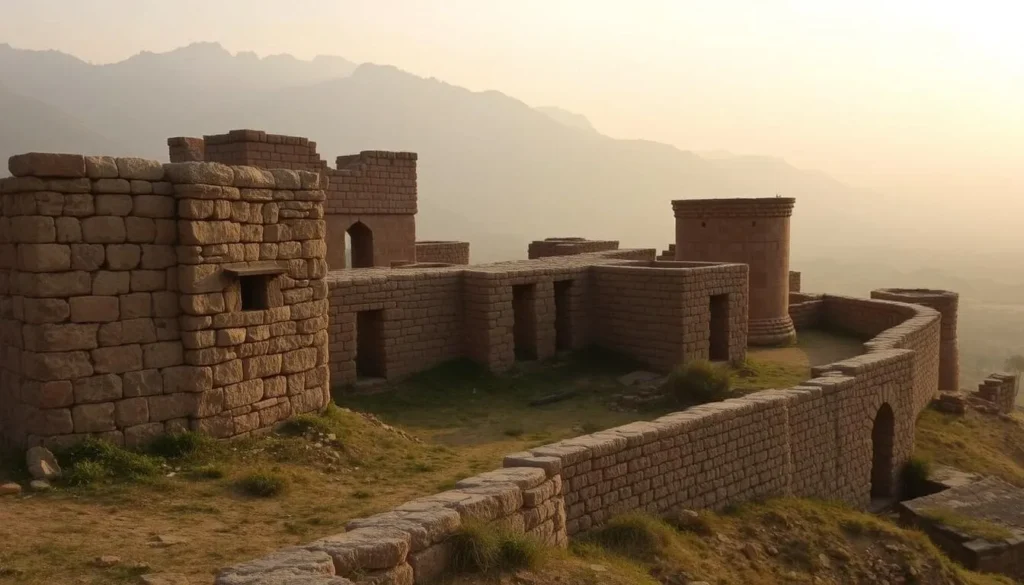
Pharwala Fort
Located about 40 minutes from central Rawalpindi, the 15th-century Pharwala Fort offers both historical significance and stunning views of the Soan River. Built by the Gakhar tribe, this partially ruined fortress played an important role in regional history and was even besieged by Babur, founder of the Mughal Empire.
The fort’s remote location means fewer tourists, allowing for a peaceful exploration of its ancient walls and structures. The drive there takes you through picturesque countryside, adding to the experience. Wear comfortable shoes as the terrain is uneven, and consider hiring a local guide to explain the fort’s historical significance.
“Rawalpindi’s charm lies in its unpretentious authenticity. Unlike more touristy destinations, here you’ll experience the real Pakistan through its markets, food, and the genuine warmth of its people.”
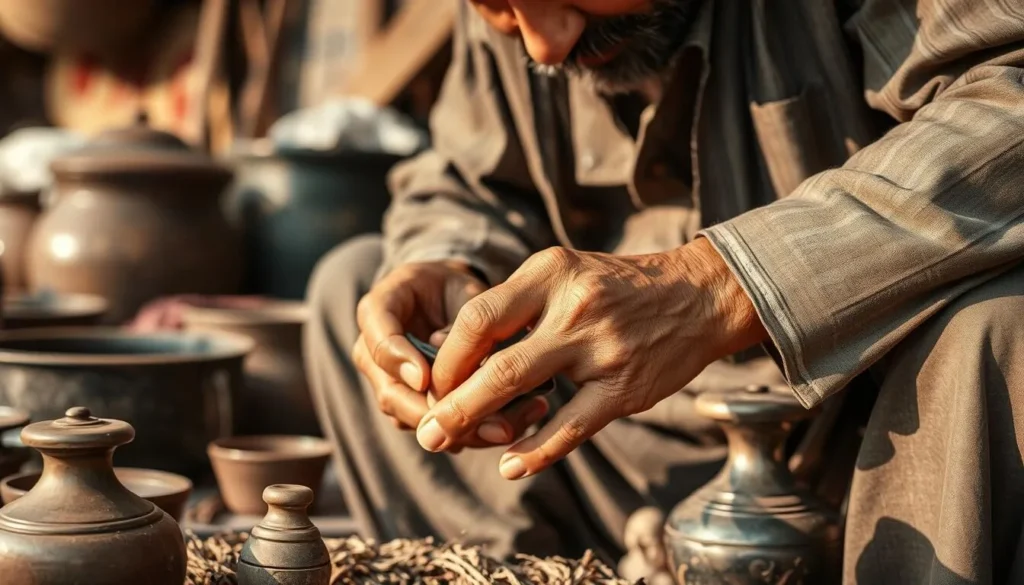
Practical Information
Where to Stay
Rawalpindi offers accommodation options ranging from budget guesthouses to mid-range hotels. For luxury options, neighboring Islamabad (15-20 minutes away) provides more choices. The Saddar and Cantonment areas offer convenient locations near major attractions and transportation hubs.
Popular mid-range options include Pearl Continental Rawalpindi and Hotel Shalimar, while budget travelers might consider Hotel Akbar International or numerous guesthouses in the city center.
Local Etiquette
Rawalpindi is a conservative city, and respecting local customs will enhance your experience. Dress modestly – women should cover shoulders and knees, and men should avoid shorts in public areas. During Ramadan, avoid eating, drinking, or smoking in public during daylight hours.
Always ask permission before photographing locals, particularly women. Remove shoes when entering homes or religious buildings, and use your right hand for eating or passing objects.
Safety Tips
Rawalpindi is generally safe for tourists, but standard precautions apply. Avoid displaying valuable items, be cautious in crowded areas like bazaars, and use reputable transportation services, especially at night. Keep digital copies of important documents.
Register with your country’s embassy upon arrival, and stay informed about local conditions. Most locals are friendly and willing to help visitors, but having a local contact can be invaluable for navigating any challenges.
What language is spoken in Rawalpindi?
Punjabi is the main local language, but Urdu (Pakistan’s national language) is widely spoken. English is understood in tourist areas, hotels, and by educated Pakistanis, though not universally. Learning a few basic Urdu phrases will be appreciated by locals.
Is it easy to find ATMs in Rawalpindi?
ATMs are readily available in commercial areas, shopping malls, and bank branches throughout Rawalpindi. Major banks like HBL, UBL, and MCB have extensive ATM networks. Most accept international cards, though it’s advisable to inform your bank about travel plans to avoid card blocks. Carry some cash for smaller establishments that may not accept cards.
How many days should I spend in Rawalpindi?
2-3 days is sufficient to explore Rawalpindi’s main attractions. If you plan to include day trips to nearby sites like Taxila or combine your visit with Islamabad, consider 4-5 days. The city’s compact size makes it possible to see several attractions in a single day.
Day Trips from Rawalpindi

Taxila Archaeological Site
Just 35 km from Rawalpindi lies Taxila, a UNESCO World Heritage site and one of South Asia’s most important archaeological treasures. This ancient city was a significant center of Buddhism and features well-preserved ruins dating from the 5th century BCE to the 2nd century CE.
The site includes multiple settlement areas, Buddhist stupas, and monasteries. The Taxila Museum houses an impressive collection of Gandharan art and artifacts. A guided tour is highly recommended to fully appreciate the historical significance of this remarkable site.
Book Taxila Tour
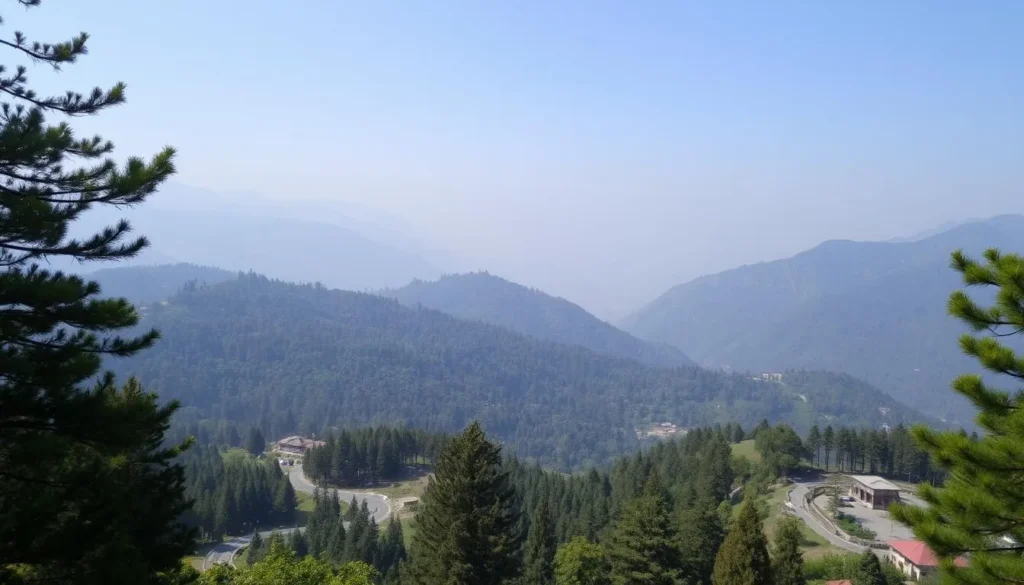
Murree Hill Station
Escape the heat with a day trip to Murree, a charming hill station about 60 km from Rawalpindi. Sitting at an elevation of 2,300 meters, Murree offers cool temperatures, pine forests, and spectacular mountain views that provide a stark contrast to Rawalpindi’s urban landscape.
The Mall Road features colonial architecture, shops, and restaurants. Adventure enthusiasts can enjoy hiking trails, while families appreciate the chairlift rides offering panoramic views. In winter (December-February), the area sometimes receives snowfall, creating a magical atmosphere.
Explore Mountain Tours
Experience the Real Pakistan in Rawalpindi
Rawalpindi offers travelers an authentic glimpse into Pakistani life away from the more touristy destinations. From its historic bazaars and colonial architecture to its vibrant food scene and nearby archaeological wonders, the city rewards those willing to explore its many layers.
Whether you’re fascinated by history, eager to sample local cuisine, or looking to experience everyday Pakistani culture, Rawalpindi delivers memorable experiences that go beyond the typical tourist trail. Its proximity to Islamabad, Taxila, and the northern mountains also makes it an excellent base for exploring some of Pakistan’s most impressive attractions.

Ready to Discover Rawalpindi?
Start planning your Pakistani adventure today with our trusted travel partners.
Book Your Flights
Find Perfect Accommodations
Browse Local Experiences
—
The above is subject to change.
Check back often to TRAVEL.COM for the latest travel tips and deals.
